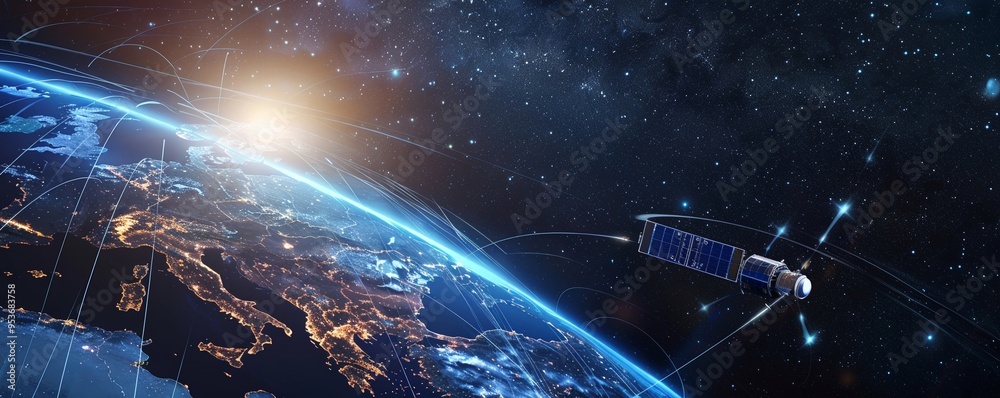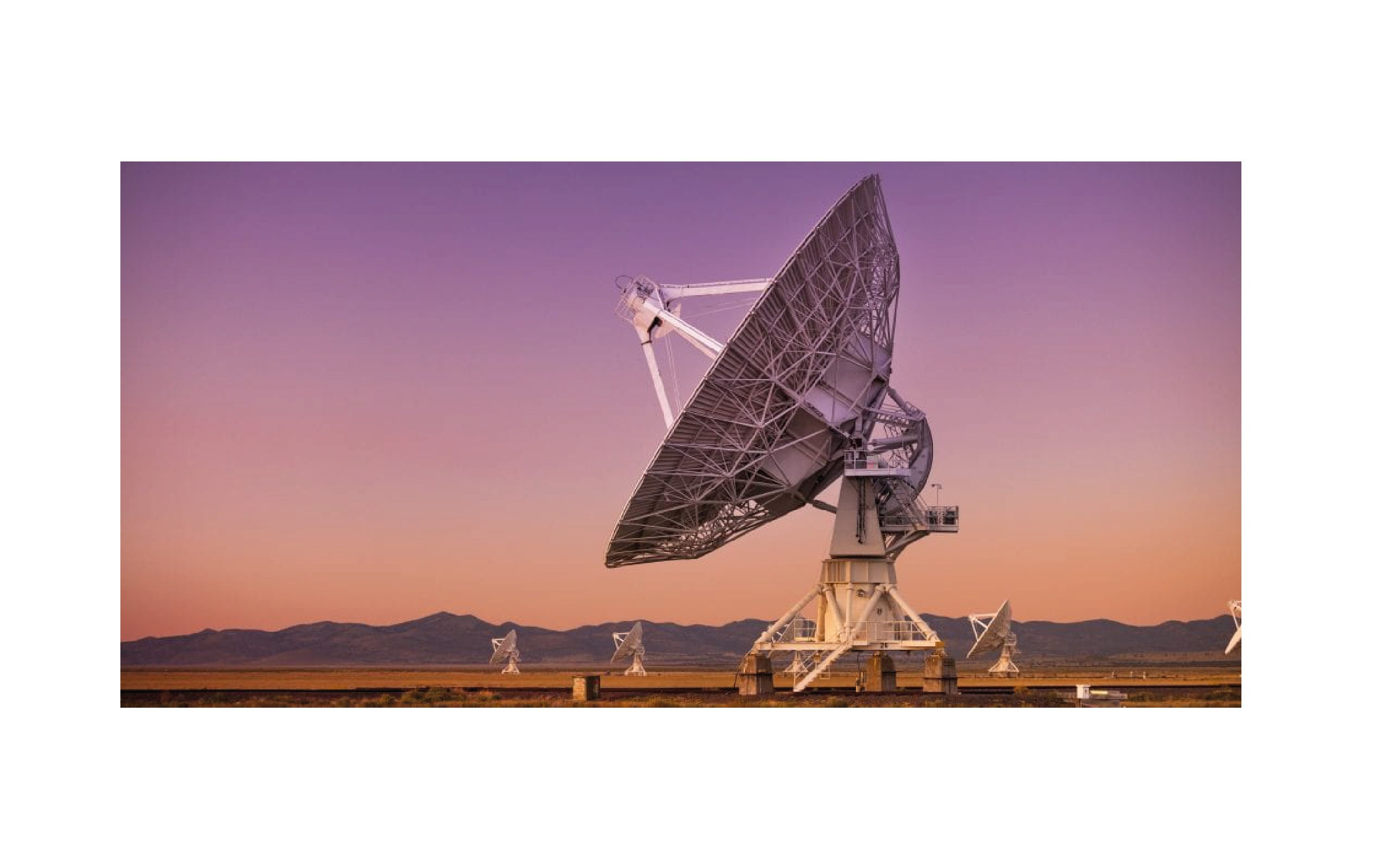The Department of Space of the Indian government released a draft ‘Space Remote Sensing Policy 2020’ and ‘Norms, Guidelines and Procedures to implement the Space RS Policy 2020’ in November 2020. This blogpost discusses our comments to this draft policy, which we have also submitted to the Department of Space .
Introduction: In November 2020, The Department of Space of the Indian government released a draft ‘Space Remote Sensing Policy 2020’ and ‘Norms, Guidelines and Procedures to implement the Space RS Policy 2020’. One of the biggest reforms introduced in this new Space RS Policy is that it will allow Indian private sector entities to disseminate remote sensing data. This will liberalize the earth observation data and remote sensing data industry in India to a large extent. Earlier, under ISRO’s Remote Sensing Data Policy of 2011, only the ‘National Remote Sensing Centre’ under ISRO could acquire and disseminate remote sensing data in India from both Indian and foreign satellites.
Despite the major reforms proposed in the new draft policy, we highlighted certain concerns in our comments submitted to the Department of Space:
A. Ground stations should not require fresh authorization to downlink data from a new satellite:
For authorization of ground stations, the Draft SpaceRS NGP states that- “The authorization shall be applicable to specific facility for monitoring and control of specific space asset and/or data reception from specific space asset. Any change in these requires a fresh authorization”.[1]
Accordingly, every time a ground station were to downlink data from a new ‘space asset’ i.e. a new satellite, a fresh authorization will be required by way of SpaceRS Application Form B.
This is problematic in light of certain new trends in the satellite communications and remote sensing industry. With the popularity of low earth orbit satellites, there is an increased interest in leasing ground station capacity instead of owning it. Companies will invest in ground station capacity and then lease it out ‘on demand’ to customers. A ‘ground-station-as-a-service’ model will significantly reduce cost and scale satellite communication. Such a model, however, is not feasible if the company operating the ground station is required to seek fresh authorization for each new satellite that its customers request to downlink from. Nor is it necessary to require the company to re-file the entire SpaceRS Application Form B. In case of a new satellite, the only detail that changes in the application form is in regard to the field for ‘details of satellites planned for data reception’. All the other details will remain unchanged.
We recommend that the Draft SpaceRS NGP should provide for a separate fast track mechanism through which ground stations may inform IN-SPACe about new space assets. This should merely be a reporting requirement and not an approval requirement.
B. FDI-related norms for ground stations may be clarified:
The applicable foreign investment limits for ground stations established under the Draft SpaceRS NGP need to be clarified. The closest possible foreign direct investment (“FDI”) category for ground station under India’s FDI policy is ‘satellites’. The latest FDI policy of India allows 100% FDI for establishing and operating satellites with government approval.[2] The Department of Space (“DoS”) is the competent authority under the FDI policy for giving such approval.[3]
However, establishing or operating a satellite has no relation to setting up ground stations for remote sensing applications. These are two separate and distinct activities. There is actually no category under India’s FDI policy that covers ground stations for remote sensing applications. Hence, this will create uncertainty as to the applicable FDI regime for ground stations under the Draft SpaceRS NGP.
We recommend that the DoS/ISRO should clarify that India’s FDI policy does not cover ground stations under any of its categories. Since they do not fall under any specific category in the FDI policy, 100% FDI under automatic route should be permitted for them, subject to any additional requirements.[4] The DoS can make a representation to the Ministry of Commerce and Industry about this issue.
C. The Draft SpaceRS NGP should not restrict ground station activities only to Indian remote sensing satellites:
Ground stations for remote sensing activities generally involve receiving/downlinking data from different satellites, whether Indian or otherwise. The Draft SpaceRS NGP also indicates this by stating that ‘any service provider will be free to provide remote sensing data and services to any user in the country’.[5] ISRO also downlinks earth observation data from both Indian and foreign satellites through its ground station at Shadnagar.[6]
However, the title of the SpaceRS Application Form B reads- ‘application for establishment of ground station for Indian remote sensing satellites in India.’[7] This seems to indicate that ground stations established under the Draft SpaceRS NGP can only downlink data from Indian remote sensing satellites. However, this does not reflect the correct intent of the Draft SpaceRS Policy and Draft SpaceRS NGP.
There is no requirement in the Draft SpaceRS Policy or the Draft SpaceRS NGP that the ‘space asset’ i.e. the satellite from which data will be received by the ground station must be an ‘Indian’ space asset. The definition of a ‘space asset’ in the Draft SpaceRS NGP also does not provide for its nationality.[8] Rather, restricting the ground station’s activities to only ‘Indian’ remote sensing satellites would go against the Draft SpaceRS Policy’s objective of ‘enabling easy access to space based remote sensing data’.[9]
The details of the satellites which will be used for data reception will anyway be provided in the relevant application form.[10] If the Department of Space/ISRO have any concerns about the details of foreign satellites connecting to an Indian ground station, they can verify these details from the SpaceRS Application Form B. Foreign remote sensing satellites can help enable access to valuable earth observation data, among other types of data. Preventing Indian ground stations from downlinking such data would prevent the realization of the complete potential of remote sensing data.
We recommend that the Draft SpaceRS NGP should not restrict the activities of an Indian ground station only to ‘Indian’ remote sensing satellites. It should allow Indian ground stations to downlink data from foreign satellites that are authorized in their respective jurisdictions.
D. Clarity around timelines (for approvals) may be provided:
We recommend that the Draft SpaceRS NGP should provide indicative, if not the exact timelines for approval of the various applications under it. A three month timeline may be reasonable.
These comments have been authored by Anirudh Rastogi, Managing Partner and Arpit Gupta, Senior Associate.
For more on the topic, please reach us at contact@ikigailaw.com
[1] Paragraph 4.2(c) of the Draft SpaceRS NGP.
[2] Pg. 45, para 5.2.12, Consolidated FDI Policy (effective from 15 October 2020),. https://dipp.gov.in/sites/default/files/FDI-PolicyCircular-2020-29October2020_0.pdf
[3] Paragraph 4.1.1(vi), pg. 24 of the Consolidated FDI Policy.
[4] Paragraph 5.2(a) of the Consolidated FDI Policy- “In sectors/activities not listed below, FDI is permitted up to100% on the automatic route, subject to applicable laws/regulations; security and other conditionalities.”
[5] Paragraph 2.2, pg. 3 of the Draft SpaceRS NGP.
[6] https://www.isro.gov.in/about-isro/national-remote-sensing-centre-nrsc.
[7] SpaceRS Application Form B in the Draft SpaceRS NGP.
[8] See definition of ‘space asset’ in ‘Important terms’ in the Draft SpaceRS NGP.
[9] Paragraph 2 of the Draft SpaceRS Policy.
[10] Paragraph 3(d) of SpaceRS Application Form B in the Draft SpaceRS NGP.
Image Credits: https://content.techgig.com/isro-opens-testing-facilities-and-geospatial-data-to-startups-and-private-companies/articleshow/75801648.cms










